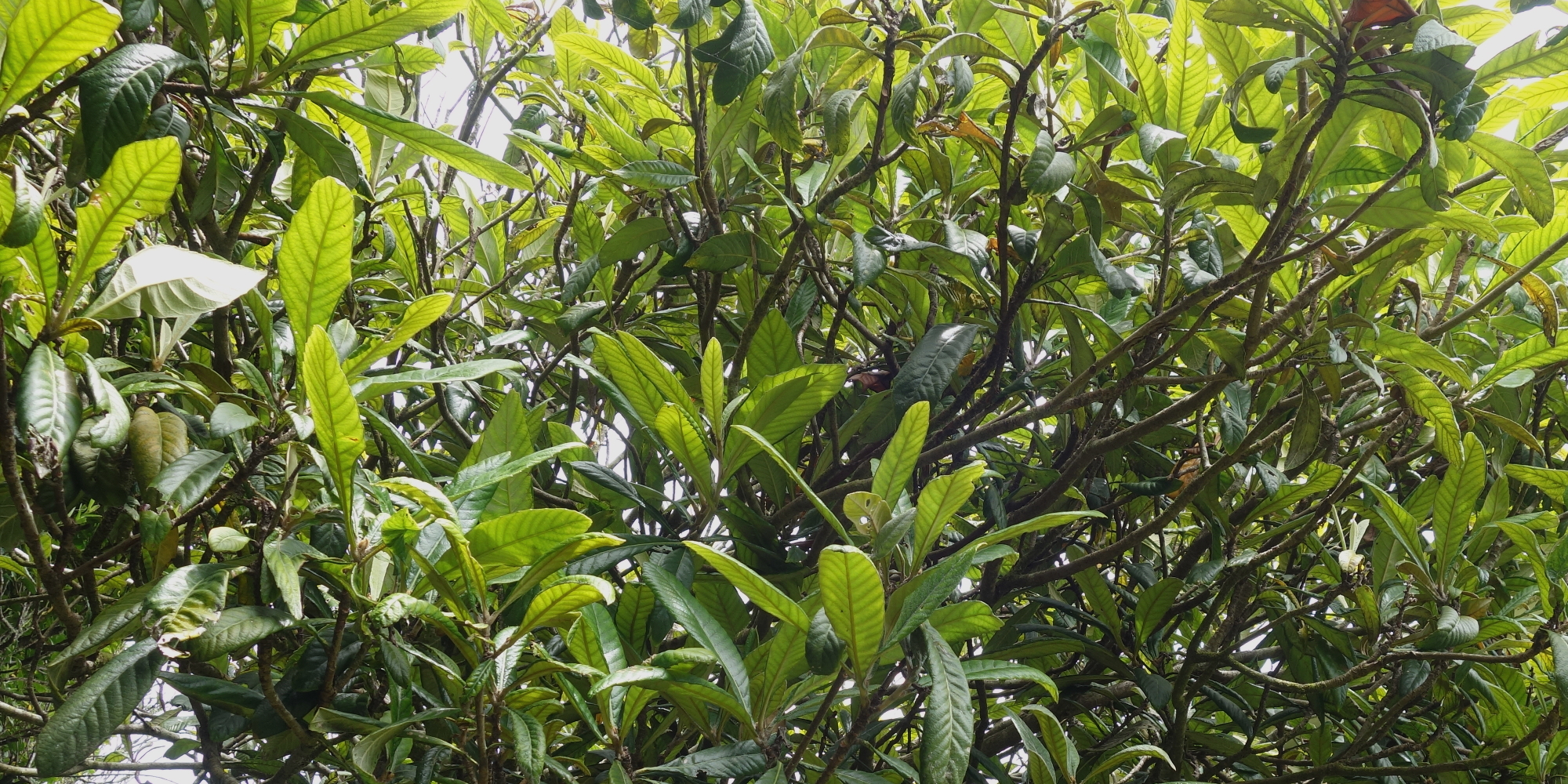We have just imported a large quantity of new Citrus varieties into New Zealand (as seed). These came mostly from an overseas Citrus arboretum, and the import was inspected and approved by MPI.
For almost all of these varieties, it’s the first time they have been available in New Zealand (only Cox and Swingle were already imported previously). The reason we imported these is to increase the Citrus genetic diversity in New Zealand, which is relatively narrow at the moment. Genetic diversity will help us grow more food for ourselves, and give us a better chance to handle diseases and a changing climate. Some of these varieties may also be fantastic Citrus rootstocks for certain regions with challenging conditions, such as the West Coast or inland Canterbury/Otago and central North island.

These Citrus have various usages from eating fresh, for marmalade, for juice and for cooking. Many are ultra cold tolerant (to -15 Celsius).
Almost all of these varieties will will ‘clone’ themselves via seed (weird thing Citrus do called Nucellar embryony – article here). A few will produce very unusual seedlings and there could be the next favourite Citrus variety in those.
Seeds are available here: https://agroforestry.co.nz/product-category/seeds/
List of mostly-new Citrus varieties:
Barkley ichandarin
Zao Yang trifoliate
Swingle citrumelo
Cox citrandarin
Ichang papeda
Knights citron
Indian wild orange
Karna khatta hybrid
Beni Amanatsu
Jeruk limau
Citremon
And another half dozen varieties came in very small quantities and so we will grow those on ourselves, before eventually selling grafted varieties. We will make most of these varieties available as grafted plants in the future, but for now buying these seeds is the only way you will be able to grow them.
Any questions – just ask us!




















